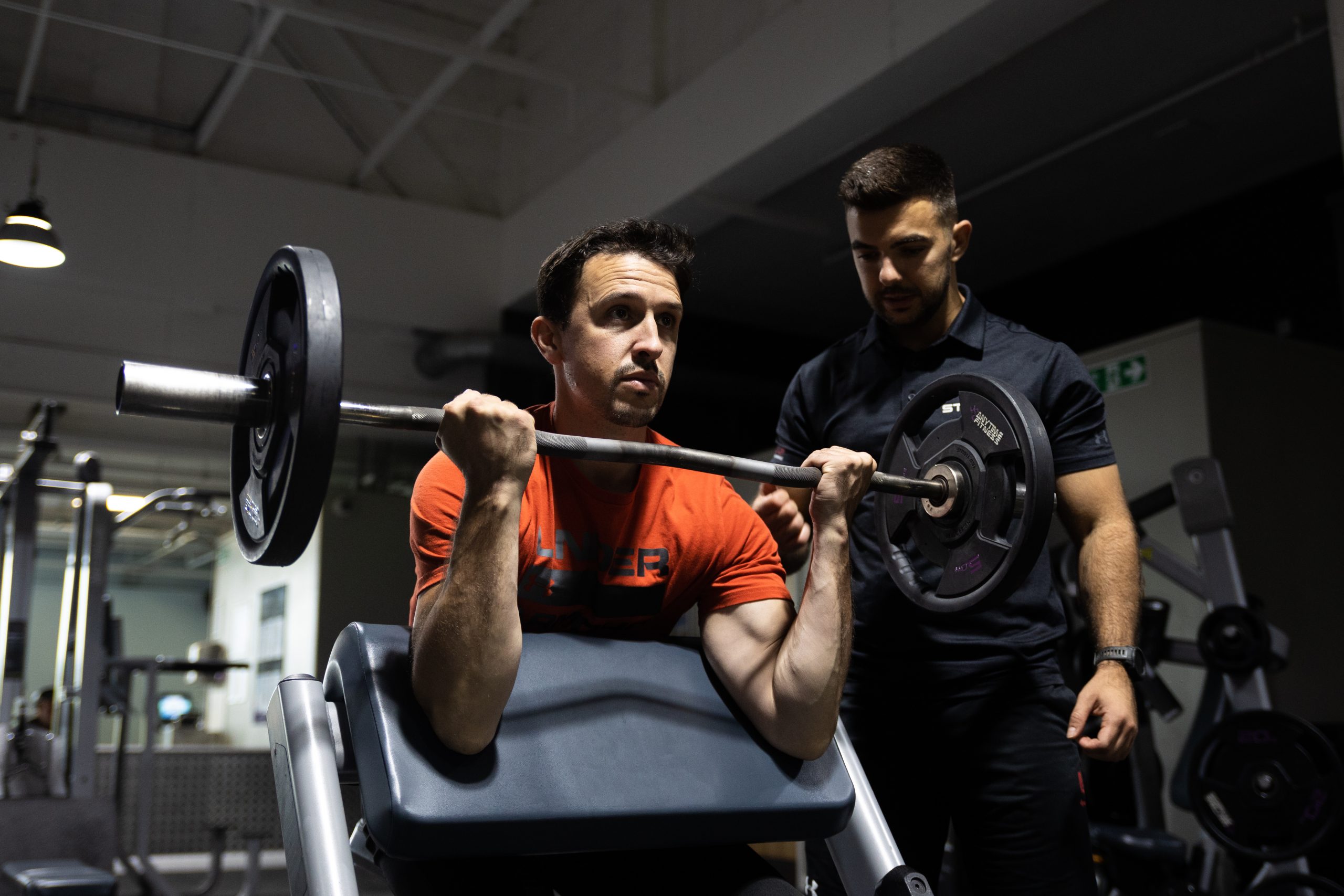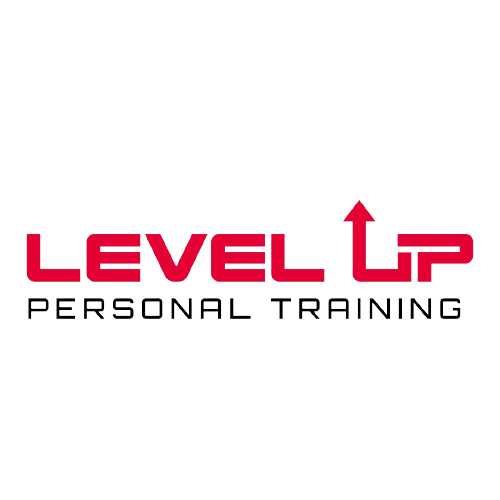
The Secret Science Behind Reps, Sets and Weights
How often have you wondered how many reps, sets and weights you should train for maximum benefit? As a personal trainer, it’s a question I get asked a lot. Whether you’re a seasoned gym-goer or taking your first steps into the fitness world, there’s a lot of uncertainty, confusion and misunderstanding on the subject.
This blog will help you understand the secret behind reps, sets and weights so that you can get the most from every workout.
What Are Repetitions?
Repetitions, AKA reps, are at the centre of any workout. They provide the rhythm and structure to your exercise routine, shape your muscles and define your strength.
Experts at the National Health Service highlight the importance of including repetitions into your workout to where it would be hard to perform another rep without help. This is the point of muscle fatigue.
Why? Because as you perform repetitions your muscles experience microscopic damage which triggers a repair and growth response, and it’s this process that is the key to building the size and strength of your muscles.
The Great Weight Debate
Lots of people want to know how much weight to press or pull for maximum gains, but here’s the thing…there isn’t a set number of pounds or kilograms.
Weights are the resistance that lead to progress, and it’s all about creating resistance that engages your muscles in a certain way and tires them out. That’s because an increase in muscle strength, size and endurance only happens when the weight you lift is challenging enough to induce muscle fatigue.
There’s no one size fits all for setting weights for certain exercises: It’s unique to you.
Finding the correct amount of weight for a certain exercise is a process of trial and error, but always start with caution and choose a low weight. If you can press or pull it with ease, slightly increase the load until you reach a weight that challenges you.
One thing to remember is never to compromise your form in favour of more weight, that’s when injury can occur. If you’re struggling with increasing the load and maintaining the correct technique the best person to ask for guidance is a specialist personal trainer.
What Should Your Reps, Sets and Weights Be?
Research into exercise physiology states that higher reps target the endurance-friendly slow-twitch fibres, while lower reps engage explosive, strength-focused fast-twitch fibres. Therefore, the number of reps, sets and weights depends on your fitness goals.
A paper on ‘Loading Recommendations for Muscle Strength, Hypertrophy, and Local Endurance’ published by the National Centre for Biotechnology Information (NCBI) suggests that for…
- Raw Strength – ‘A low repetition scheme with heavy loads (from 1 to 5 repetitions per set with 80% to 100% of 1 repetition maximum (1RM)’. E.g. If your 1 rep max for a deadlift is 200kg and you want to optimise your strength, aim for 1-5 reps at 160-200kg.
- Muscle Growth (hypertrophy) – ‘A moderate repetition scheme with moderate loads (from 8 to 12 repetitions per set with 60% to 80% of 1RM)’. E.g. If your 1 rep max for a back squat is 100kg and you’re looking to build muscle, aim for 8-12 reps at 60-80kg.
- Muscular Endurance – ‘A high repetition scheme with light loads (15+ repetitions per set with loads below 60% of 1RM)’. E.g. If your 1 rep max for the seated cable row is 60kg and you want to increase your stamina, aim for 15+ reps at 36kg or below.
A set is a defined number of repetitions performed consecutively without rest. During a set, your muscles experience a consistent level of stress which causes them to adapt and grow.
As above, the number of sets primarily depends on your specific goal.
If your primary goal is to build muscular endurance, a higher number of sets, around 3-6, with moderate weights and higher reps, can be effective.
However, if you’re aiming for maximal strength and muscle growth, a lower set range, typically 2-4, with heavier weights and fewer reps may be more suitable.
For those new to strength training, starting with a moderate number of sets is a wise move. Beginning with 2-3 sets per exercise allowing your body to adapt gradually without overwhelming your muscles. Then as your strength and endurance improve, you can consider adjusting the number of sets to challenge yourself more.
To support the above, ‘A Systematic Review of Advanced Resistance Training Techniques and Methods’ found that 3-6 sets was the most beneficial for people wanting to maximise muscle growth.
Unlocking the Perfect Ratio of Reps, Sets and Weights
The secret to a successful fitness journey ultimately lies in understanding what your goals are, where you’re at and creating an individualised plan that pieces everything together to work in perfect harmony.
If you’re unsure where to start, looking to improve what you’re already doing or need help to take your strength training to the next level, I’m here to help.
Reach out today and together we can unlock the secret to the perfect formula for your body transformation.

